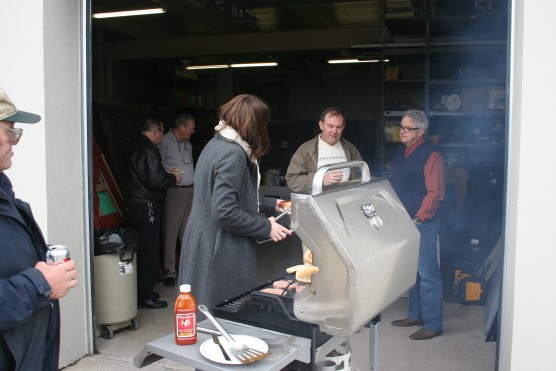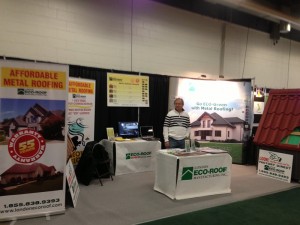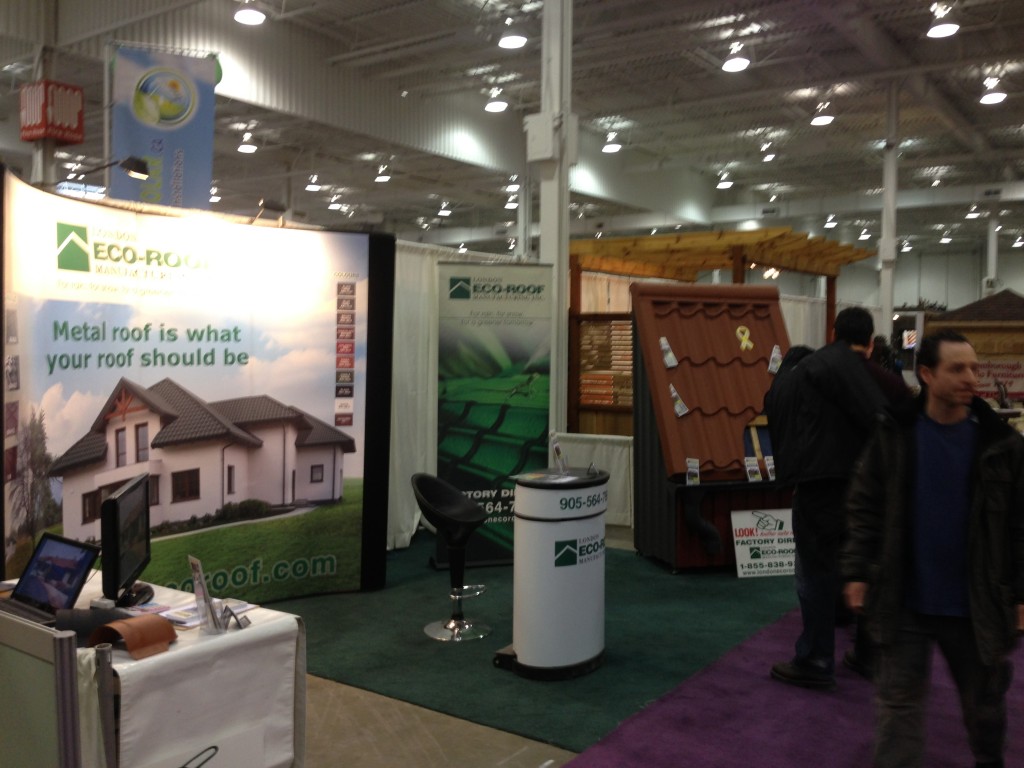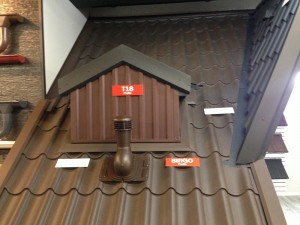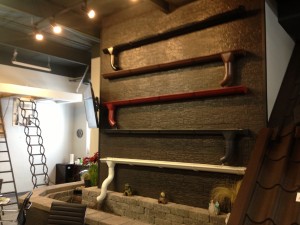We would like to say thank you to all who attended this event on Saturday April 13, 2013 at our showroom on 1682 Dundas St. East. It was a great event, we enjoyed barbecue together and More FM 103.9 was there on location.
You can visit our showroom at any time (Monday through Saturday) to talk to knowledgeable staff and find out about metal roofing and why it is Eco Friendly.


